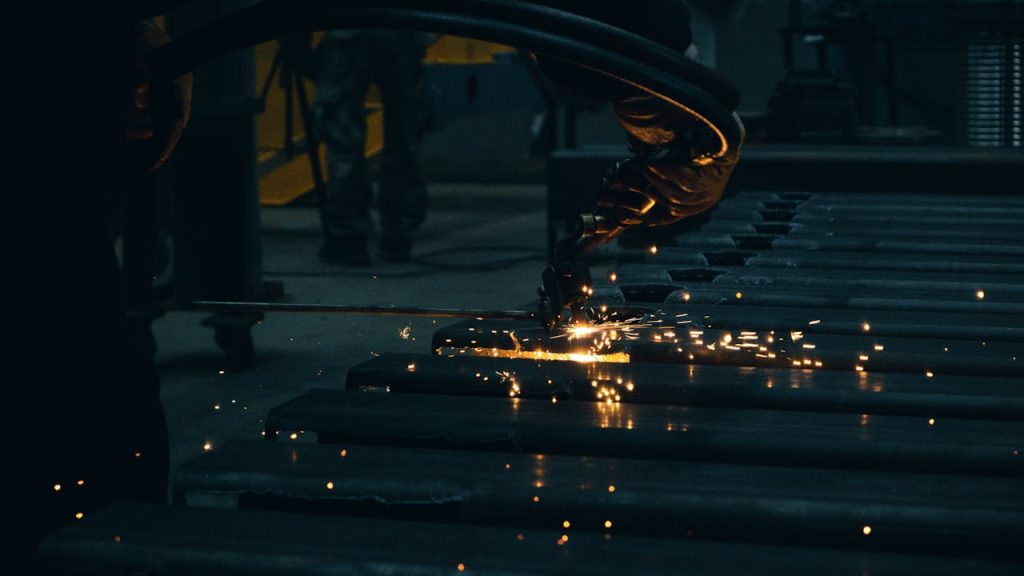Collaborative robots, also known as cobots, have gained significant attention in the field of industrial automation due to their ability to work alongside human workers and improve productivity. If you’re considering implementing a collaborative robot in your business, one of the key factors to consider is the cost. In this article, we will delve into the various factors that influence the pricing of collaborative robots, helping you understand the different cost components and make an informed decision.
Factors Influencing the Cost of Collaborative Robots
Robot Brand and Model: The brand and model of the collaborative robot play a significant role in determining its price. Established robot manufacturers with a reputation for quality and reliability often have higher-priced models compared to newer or lesser-known brands.
Payload and Reach Capacity: Collaborative robots come in various payload and reach capacities, and the cost tends to increase with higher capacities. Robots with larger payload capacities can handle heavier objects, while those with greater reach can cover a larger workspace.
Functionalities and Features: The features and functionalities of a collaborative robot can vary greatly. Some cobots may offer advanced sensing capabilities, integrated vision systems, or specialized end-effectors. These additional features can contribute to a higher price tag.
Integration and Customization: The cost of integrating a collaborative robot into your existing workflow or customizing it to suit your specific requirements should be taken into account. Integration may involve programming, training, and configuring the robot to work seamlessly with other equipment or software.
Safety Requirements: Collaborative robots are designed with safety features to ensure human-robot interaction without risks. The level of safety features required may vary depending on the application and industry regulations. Advanced safety features and certifications may impact the overall cost of the robot.
Support and Warranty: Consider the support and warranty provided by the robot manufacturer or distributor. A higher level of support or extended warranty period may be reflected in the price of the collaborative robot.
Accessories and Peripheral Equipment: Additional accessories or peripheral equipment, such as grippers, vision systems, or conveyor systems, may be required to enhance the functionality of the collaborative robot. These accessories can add to the overall cost.
Training and Implementation: Proper training and implementation are crucial for maximizing the benefits of a collaborative robot. Costs associated with training your workforce or hiring experts to assist with implementation should be considered.
Market Demand and Competition: The demand for collaborative robots and the level of competition among manufacturers can impact pricing. In a highly competitive market, prices may be more competitive, while unique or specialized cobots may have higher price points.
Price Ranges of Collaborative Robots
It is important to note that collaborative robot prices can vary significantly based on the factors mentioned above. Generally, the cost of a collaborative robot can range from a few thousand dollars to tens of thousands of dollars. Higher payload and reach capacities, advanced features, and customization options typically result in higher price points.
To provide a more specific range, entry-level collaborative robots with lower payload capacities and basic functionalities can be found in the range of $10,000 to $20,000. Mid-range cobots with moderate payload capacities and additional features may range from $20,000 to $50,000. High-end collaborative robots with advanced capabilities and customization options can exceed $50,000.
Conclusion
When considering the cost of a collaborative robot, it is crucial to assess your specific requirements, including payload and reach capacities, desired functionalities, safety considerations, and integration needs. By understanding the factors that influence the cost and comparing offerings from different manufacturers, you can make an informed decision that aligns with your budget and automation goals. Collaborative robots have the potential to revolutionize your industrial processes, and investing in the right robot can bring significant returns in terms of productivity, efficiency, and safety.

